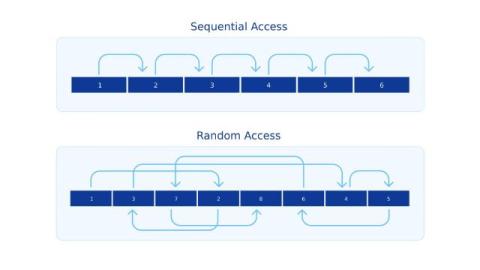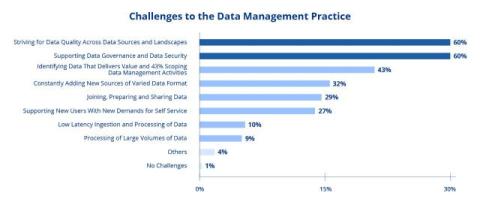A Complete Guide to Managing Data Access
With organizations prioritizing data-driven decision-making, the amount of collected and stored data is reaching historic highs. Meanwhile, organizations are democratizing access across all functions to convert this data into actionable insights. Since more users will work with sensitive data, ensuring secure access is more important than ever. Organizations must regulate and maintain the relationship between their data assets and users. Why?










